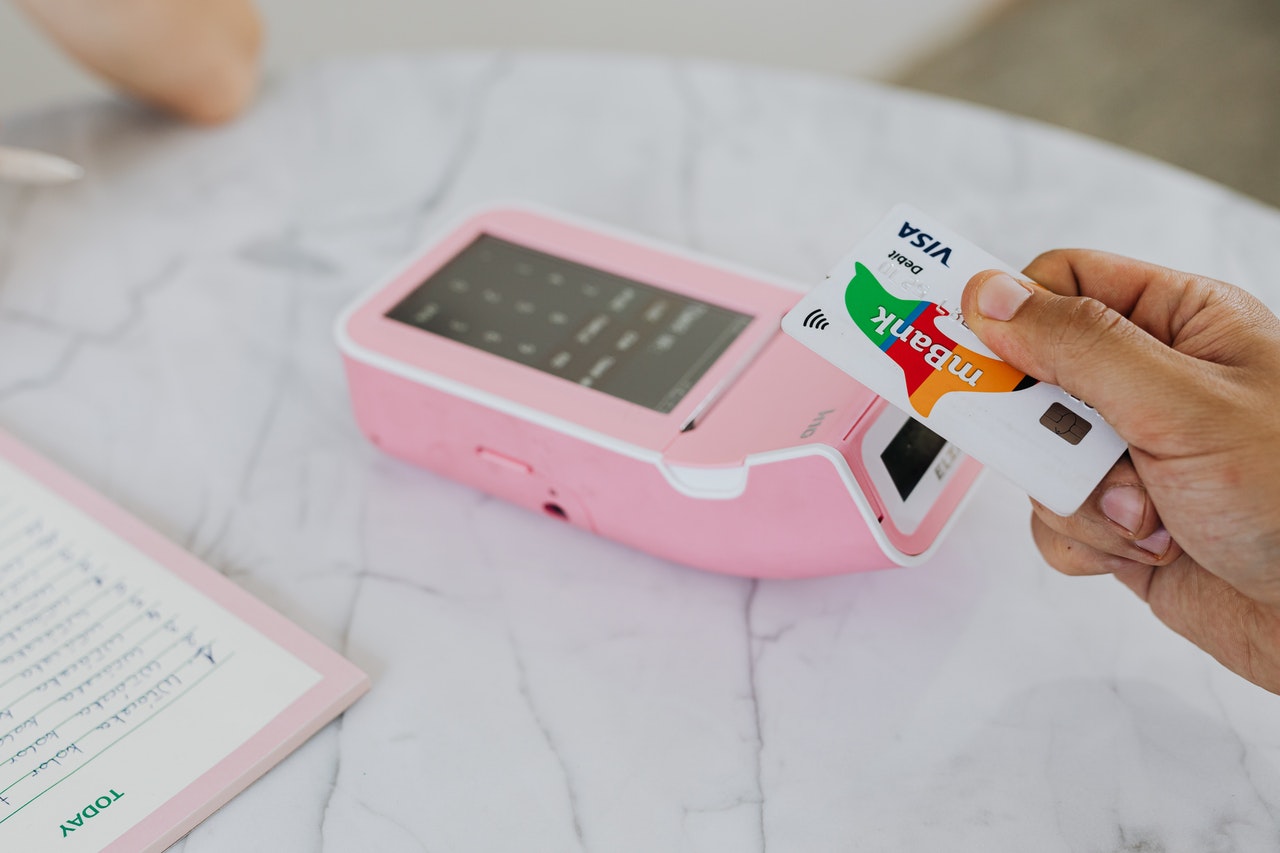Business owners have a lot of moving parts to consider when running their operations. Then there’s the need to accept credit and debit card payments if they run their business entirely online. In order to do that, the business must apply for and be accepted for a merchant account. But what if your personal credit score has suffered a hit, or you have just suffered a bankruptcy? What next? Is your business doomed?
Hardly.
Although having bad credit could bar you from partnering up with most payment processors, as you would be considered high-risk, there are others who are willing to lend you a hand to get your business back on its feet.
How To Know If You Are In The High-Risk Category
When your credit history has been struck by bankruptcy or you have a lower than average FICO score, you will be categorized as high-risk. Banks decide whether or not to work with a business based on their credit report.
Another reason why a business could be considered high-risk is if it suffers from a high number of chargebacks. What is a chargeback? According to Investopedia, a chargeback is a transaction that has been returned to a credit card after a customer disputes the purchase on their card statement.
Unfortunately, merchants end up having to pay a fee for each chargeback from the card issuer. Not only does this become a costly occurrence, but banks and payment processors also pay careful attention to these chargebacks.
If a business exceeds the 1% chargeback rate, an existing merchant account could be shut down or the merchant will be barred from opening a merchant account in the first place.
What Is A Bad Credit Merchant Account?
A Bad Credit Merchant Account is a merchant account that is given to businesses whose credit score is at least 580 or less. Having this poor or bad credit score means that they will also fall under the high-risk category.
Therefore, only a seasoned provider that has considerable expertise in the high-risk space would be the best fit to provide a bad credit merchant account.
How To Get A Bad Credit Merchant Account
Although applying for a Bad Credit Merchant Account is quite similar to a traditional merchant account, the pool for available providers will be considerably narrower. Once you find trustworthy providers, try to seek quotes from three different providers that seem promising.
The idea is to seek the best value for your money. See if you can negotiate to reach some sort of agreement such as waiving an early termination fee, if applicable. You could also see if you can get some sort of discount on your processing fees. It never hurts to ask.
When you are ready to apply for your merchant account, you can do so online via their company website. Make sure that you fill out the form completely and honestly. If they ask for your average transaction volume, do not be tempted to inflate these numbers as this information will be checked.
Along with your online application, you will be required to submit certain types of documentation. It will vary, depending on the provider:
- A bank statement or a voided check
- The last 3 months of bank statements
- A government-issued ID, such as a driver’s license
- 3 months of the most recent processing statements, if applicable
- An SSN (Social Security Number) or EIN (Employer Identification Number)
Also depending on the provider, you may need to wait a few days to receive an approval. Once you have been approved for a bad credit merchant account, you will need to carefully review your contract to ensure that you are getting a fair rate and that the contract terms are not abusive. Seek the assistance and expertise of a lawyer as this would be of great benefit. This should all be done before accepting the offer and signing the contract.
The Downsides To Acquiring A Bad Credit Merchant Account
Although there are plenty of high-risk providers that are willing to provide you with a bad credit merchant account, do know that this type of account will differ vastly from a traditional merchant account. To begin with, brace yourself to pay higher than average processing fees. There will be higher account maintenance costs. You will also face the likelihood of being locked into a longer-than-average contract term.
Regardless of all the aforementioned “downsides”, the upsides are that your business will benefit greatly from the ability to process both debit and credit card transactions safely and easily. You will also have the benefit of having a partnership where you can take advantage of chargeback mitigation tools and other necessary resources that will only help your business grow.
You Can Apply For A Bad Credit Merchant Account
Although having a bad credit merchant account is not the best scenario, the good news is that this type of merchant account can be both useful and temporary. Bad credit can potentially turn into good credit if the right steps are taken to resolve this problem.
Consider taking small steps such as paying your bills on time, keeping personal and business finances separate, and keeping a close eye on your credit reports for accuracy.
By taking these small steps, you will be able to rebuild your credit which will help you qualify for business loans, leasing, and so much more. This could also mean that you could qualify to apply for a low-risk merchant account with better rates, processing fees, and better contracts. In the end, applying for a bad credit merchant account could get you and your business back on the right track.


